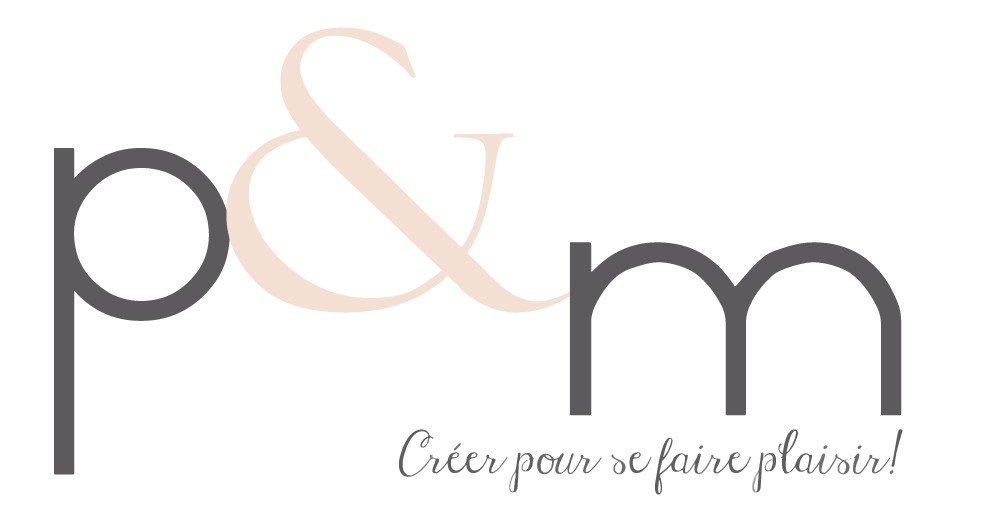GLOSSARY OF SEWING TERMES
ASSEMBLE (to)
Laying the pattern pieces one onto the other along the raw edges before sewing them together
BASTE (to)
Holding fabrics together temporarily before sewing, with pins or by sewing them together with long-running stitches
BINDING/BIAS
- Cut made 45° to the straight grain, it allows for the most stretch and is sewn easily around curves
- Strip of fabric cut diagonally to the straight grain. Bias binding is useful when binding curved edges like armholes or necklines for instance, but can also be used for cute embellishments
BODICE
Top part of a dress or blouse
BUTTON LOOP
Small string of fabric or thread used as a way to fasten a button
BUTTON PLACKET
Band of fabric used to hold buttons/buttonholes to fasten a garment
CINCH (to)
Decreasing the fullness of a garment at the waist, e.g. with darts
CLIP (to)
Snipping the edge of the fabric to have the seam lay flat
CROTCH
Area going from front waistline through the inseam to the back waistline
DART
Fold of fabric on the garment to substract fullness, especially at the waist. Darts help in garment fitting
EASE
- Amount of space added to a pattern piece to allow for comfortable movements
- For a sleeve, fabric excess of one pattern piece against another
FACING
Piece of fabric sewn along exposed edges to get a nice finish. The facing and the garment piece share the same shape and the facing matches the garment piece
FLARE (to)
Widening a garment
FOLD
Folded edge of fabric to form either hems or finishings
FRENCH CURVE
Tool used when tracing patterns, especially the curved areas
FULLNESS
Volume given to a garment
GARMENT ASSEMBLY
Assembling the different fabric pieces that make a garment
GATHERS
Multiple small pleats on the edge of certain pieces to achieve fullness on those particular pieces
GRADING
Creating a range of sizes for one pattern
GRAIN
The grain runs lengthwise (parallel to selvedges) and widthwise (perpendicular to selvedges). A fabric cut along the grainline will be sturdier and have a better drape when worn because it won’t distort.
Commercial patterns indicate direction of the grain with an arrow that should be parallel to the fabric’s grainline
HALF-BELT
Band of fabric placed horizontally at the front or at the back of a jacket or a coat and hitting at the waistline
INTERFACE (to)
Stabilizing with fusible fabric to prevent the garment piece from being distorted or to add one extra layer. Necessary when your fabric is either thin or lightweight
OVERCAST (to)
Sewing the edge of fabric with a zig-zag stich to prevent fraying
PIPING
Narrow piece of fabric encased in seams. Purely aesthetic, it is a decorative trim coming out of the seam. The most common piping is made with some small cord sewn inside a strip of fabric to visually enhance the seam
PRESS A SEAM (to)
Making a seam lay flat with the use of an iron
PRESS THE SEAM OPEN (to)
Pressing the seam allowances on each side of the seamline
PRESS THE SEAM TOWARDS (to)
Pressing the seam allowances together to one side
SEAM ALLOWANCE
Distance between the seam and the edge of the fabric
SEAM-RIPPER
Tool used to unpick a seam
SELVEDGE
Finished edge of fabric
SKIRT
Bottom part of a dress or blouse
STITCH (to)
Sewing with a sewing machine
TOPSTICH (to)
Sewing on the right side of the garment, a few mm away of the edge, either as a decoration or as a way to reinforce the seam
WIDTH
Width of fabric between its selvedges
YOKE
Panel of fabric across the shoulders, often cut twice
